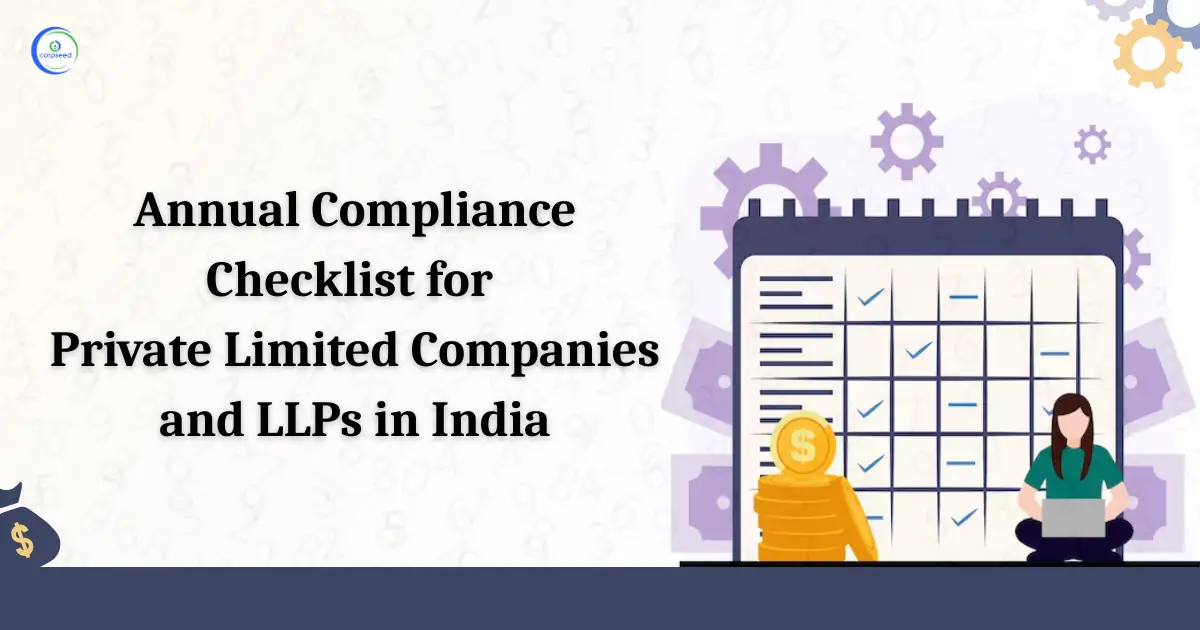Secretarial Audit could be a method to visualize compliance of varied rules, and laws, maintenance of books, and preparation of ROC forms, Statutory registers, etc. by an Independent Practising Company Secretary. To ensure that the company has complied with all the Compliances of the Company. He is like a watchdog in the company to ensure that all compliances are readily available to check and comply with.
It acts as a compliance mechanism to monitor that they comply all the compliances that it has to follow. It helps to identify any non-compliance done by the company. Section 204 of the Companies Act, 2013 and Listing Regulations restrict some companies to do Secretarial Audit in their Companies.
Table of Contents
--------------Blog Contact Form-------------
Objectives Of Secretarial Audit
- To check and report on compliance of applicable laws and Secretarial Standards.
- To detect any non-compliance made in the company
- To ensure and protect the customers and shareholders.
- To avoid any illegal penalty or penal actions in the company.
On Which Company Secretarial Audit Is Applicable
- Every listed Company
- Every public company having a paid-up share capital of Rs.50 crore or more; or having a turnover of Rs.250 crore or more;
- Every Company has outstanding loans or borrowings from banks or public financial institutions of Rs.100 crore or more.
Form Required For Secretarial Audit Report
- A Company Secretary in practice will furnish its report in form MR-3 which shall be attached with Board Report.
How To Appoint a Secretarial Auditor
- Obtain the consent and eligibility letter of the secretarial Auditor.
- Convene a Board Meeting.
- Appoint and fix the remuneration of the Secretarial Auditor in the Board Meeting
- Intimate the appointment to the Auditor
- File MGT- 14 containing a certified true copy of a resolution ie, passed in Board Meeting.
Audit Process-
- First step
In this step, the auditor collects information regarding the corporate so as to get a general summary of the business activities of the Corporate.
- Second step
In this step the auditor discusses scope and objectives of the examination, meets with the management and collects information on necessary processes, asks for existing controls, and plans the audit steps.
- Third Step
In this step a proper engagement letter from the Management shall be issued to the Auditor. This letter communicates the scope and objectives of the audit. PCS shall then forward a preliminary listing to the Company which will facilitate the auditor to get additional regarding the corporate.
- Fourth step
The first meeting should include senior management and any administrative staff who may be involved in the audit.
- Fifth step
This program outlines the fieldwork necessary to achieve the audit objectives. The Auditor shall use a variety of tools and techniques to gather and analyse information about the Company’s operations. The review of controls helps the auditor determine the areas of highest risk and design tests to be performed in the fieldwork section.
- Sixth step
Working papers are a vital tool of the audit profession. They are support of the audit opinion. They connect the management’s records and financials to the auditor’s opinion. They are comprehensive and serve many functions.
- Seventh step
The elaborate statement describing findings and suggested solutions shall be summarised and conferred for initial discussions with the management.
- Eighth step
After completion of the fieldwork, the auditor summarizes the audit findings, conclusions, and proposals necessary within the type of audit report.
- Ninth step
The auditor shall prepare the ultimate report the sphere work and dealing papers to gift the audit findings and discuss recommendations for enhancements and improvements, if any. The ultimate report shall be given with or without qualifications.
- Tenth step
Finally, even after the Audit method, the Secretarial Auditor requests the Corporate to list the actions taken by the Company to resolve the audit report findings by him.
Contravention/ Punishment
If a corporation or any officer of the corporation or the company secretary in apply the practice, contravenes the provisions of this secretarial audit, then The company, or Every officer of the company, or The company secretary in practice, Who is in default, shall be punishable with a Fine: of - Minimum Rs. 1 lakh. Maximum Rs. 5 lakh.
First Extension of the time for submission of the Annual Secretarial Compliance Report by listed Companies due to the COVID-19 Pandemic:
Due to the spread of the COVID-19 virus, a relaxation in the filing of the Annual Secretarial Compliance Report which has to submit within 60 days from the end of the financial year i.e. May 30, 2020, SEBI had granted relaxation one month i.e. till June 30, 2020.
As per Circular No.: SEBI/HO/CFD/CMD1/CIR/P/2020/109 dated June 25, 2020, SEBI, wide circular dated March 19, 2020, extended the timeline for submission of the Annual Secretarial Compliance Report for the year 2019-20, for the listed entities by one month (from May 2020 to June 2020),
Further, SEBI has received representation from ICSI in regards to further extension of such report submission date, after consideration, it has been decided by SEBI to further extend the timeline for submission of such Report by one more month i.e. up to July 31, 2020.
Conclusion
A secretarial Audit is an independent, objective assurance intended to add value and improve an organization’s activities. It helps to achieve the organization’s goals by bringing a systematic, disciplined approach to improve the risk management, control, and governance systems.
Secretarial Audit is not mandated for private companies and small public companies. These companies may adopt secretarial audit practices for ensuring compliance and avoiding the risks related with non-compliance.
An audit is to be on the principle of “Prevention is better than cure” rather than post-mortem exercise and to find faults. It strengthens the image and goodwill of a company in the minds of regulators and stakeholders. It acts as an effective compliance risk management tool or a governance tool.
The benefits are available to-
- promoters,
- executive directors,
- officers of the company,
- regulators,
- government authorities,
- investors,
- financial institutions,
- banks,
- Creditors and consumers alike.
This portion of the site is for informational purposes only. The content is not legal advice. The statements and opinions are the expression of author, not corpseed, and have not been evaluated by corpseed for accuracy, completeness, or changes in the law.
BOOK A FREE CONSULTATION
Get help from an experienced legal adviser. Schedule your consultation at a time that works for you and it's absolutely FREE.









